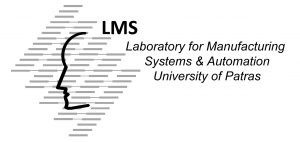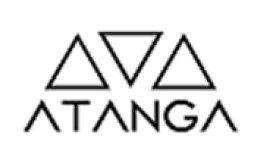- Entidad financiadora
- Project Funded by the European Commission under the Horizon 2020 Framework Programme
- Duración
- 2016 – 2019
- Investigador(es) principal (es)
- José Antonio Tenorio Ríos
- Budget
- 4,8 million € Para IETcc-CSIC 123.062,00 €
- Official web
- www.hindcon3d.com
HINDCON MAIN GOAL
The main aim of the HINDCON project is to develop and demonstrate a hybrid machine regarding 3D printing technologies with concrete materials focused on the industrialization of the Construction Industry, delivering to this sector an innovative technology that reduces environmental impact at the same time it reduces dramatically economic costs.
The collaborative structure of the project will help to integrate different technologies that converge in a hybrid solution. These technologies include:
- Cable robot positioning system as an innovative concept for automation in 3D printing
- 3D printing technologies addressed by “all-in-one” machine concept formed by: AM concrete multi-component extruder and SM tool kit.
- Cementitious materials including mass materials with alternatives in concrete and additives, and reinforced with fibre carbon composites.
HINDCON OBJETIVES
- To develop the first 3D printer concrete for large scale precast pieces with cable robot-driven positioning system.
- To provide novel alternatives in concrete and additive materials for customisation of layers of material to meet specific performances in terms of flexibility, robustness and feasibility.
- To develop all-in-one machine that enables the design, manufacture and production of large concrete items with an important reduction in terms of time and costs.
- The creation of new manufacturing environments.
- To define and design guidelines and propose specifications for innovative cementitious materials.
- To provide new training procedures regarding decentralized construction model due to the safer and flexible workplaces of cable robot system.
HINDCON IMPACT
- 20% reduction in time and cost, with respect to the current additive and subtractive (A&S) processes.
- 15% increase in productivity for high-volume AM production versus current A&S processes.
- More flexibility and robustness against customisation and changing market needs.
- Reduction of inventory because of making products on-demand.
- Reduction of work floor space.
- Create localised manufacturing environments and reduce supply chains length.
- Contributions to standardisation and certification for new hybrid procedures.
RETOS_COLABORACIÓN 2014
 |
 |
 |
 |
 |
 |
 |
 |
 |
 |
This project has received funding from the European Union´s Horizon research and innovation programme under Grant Agreement No 723611
